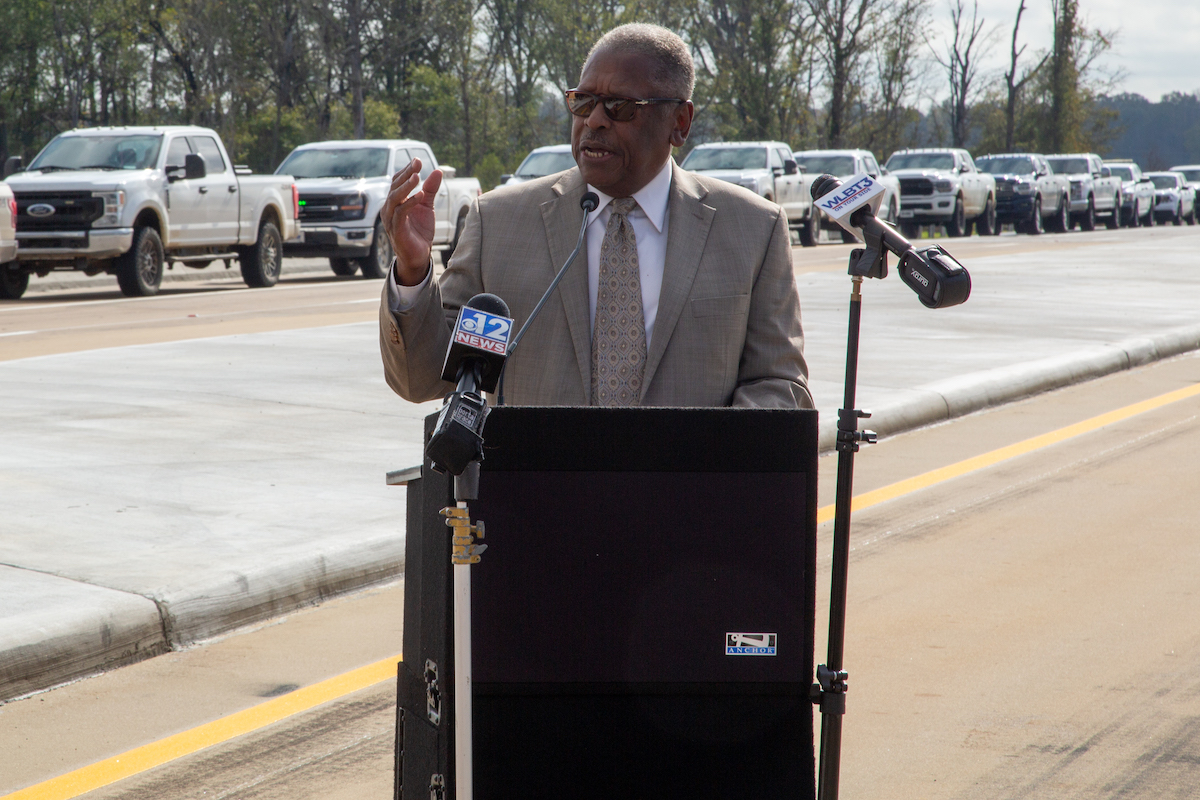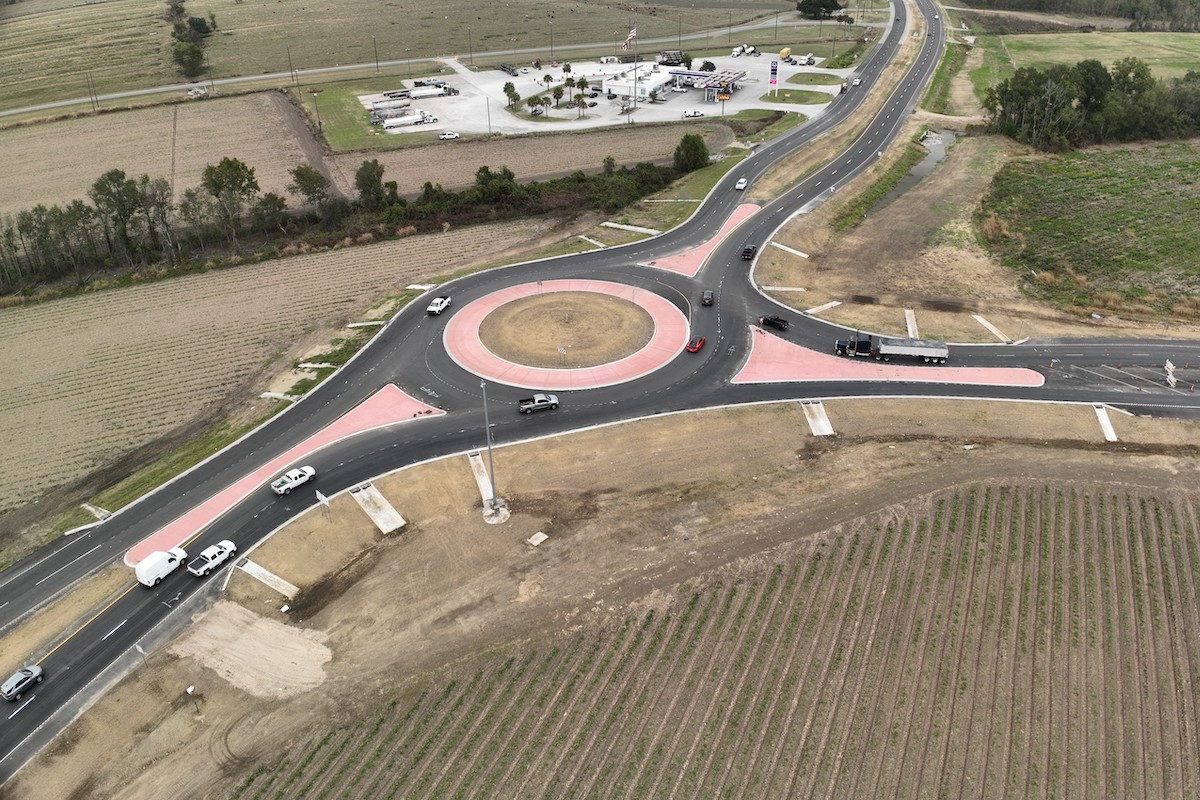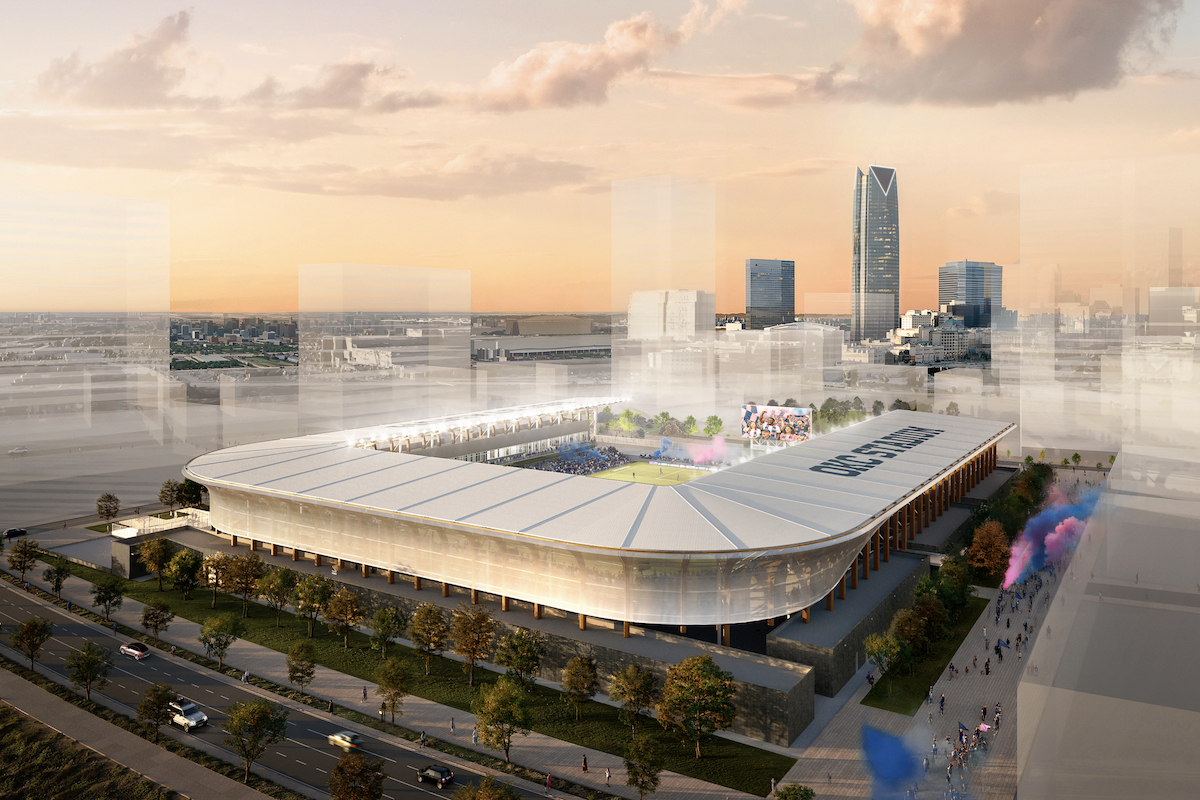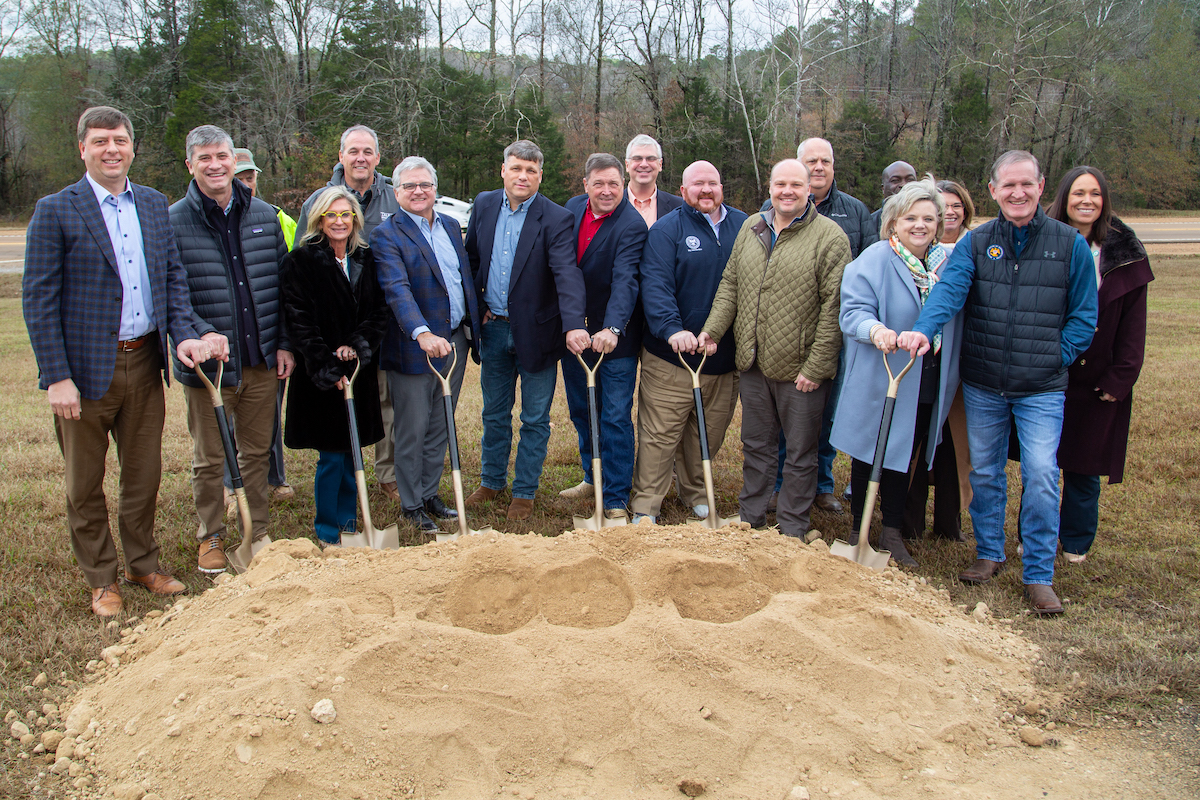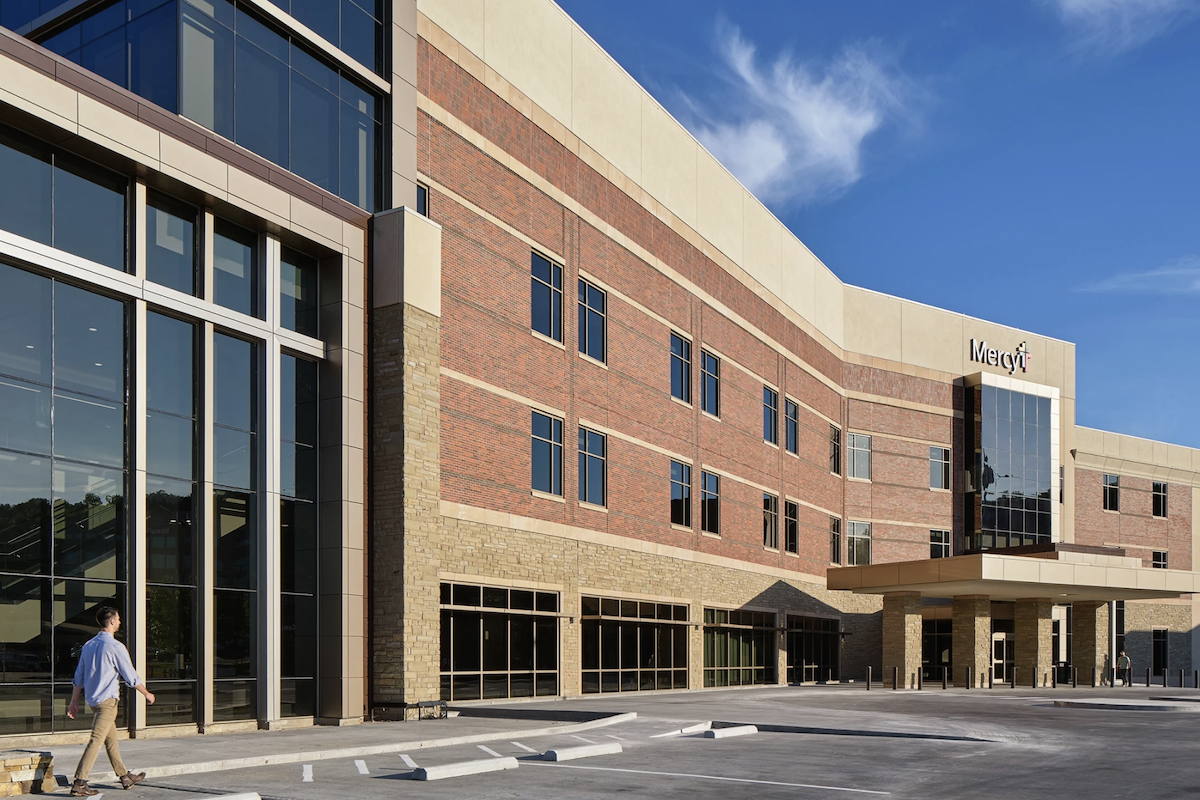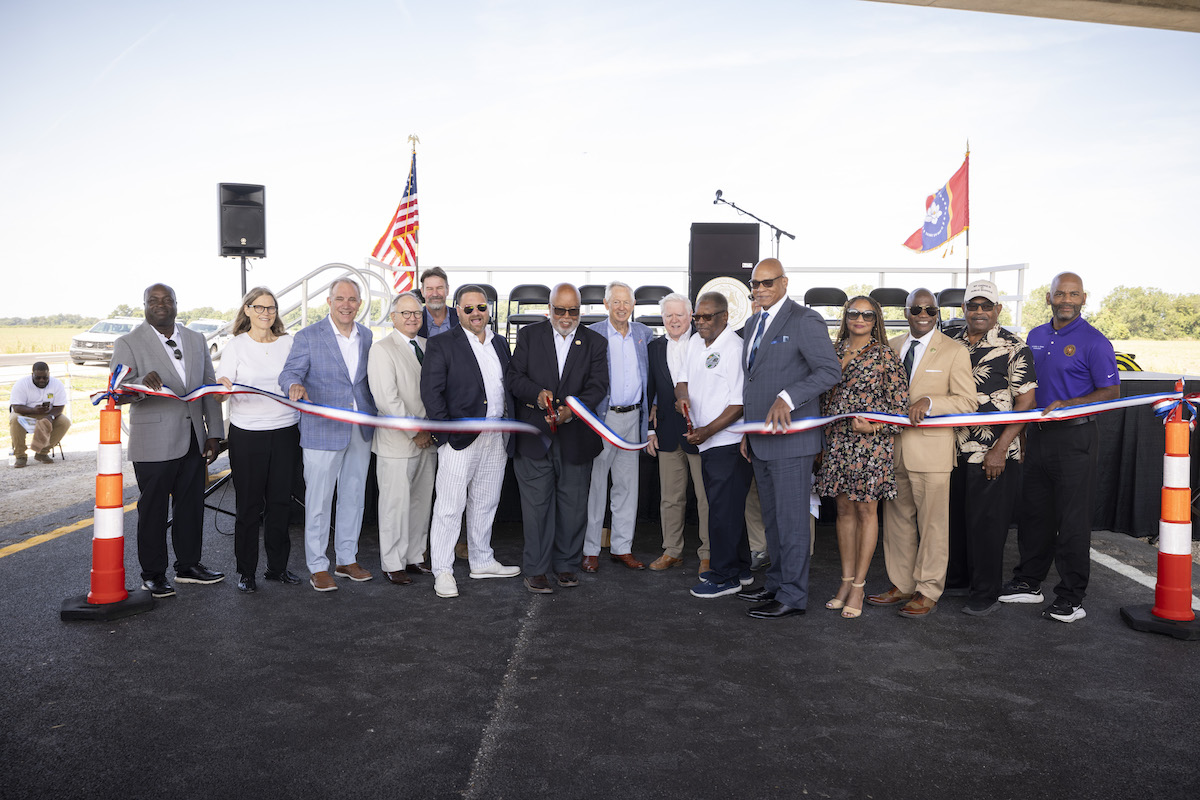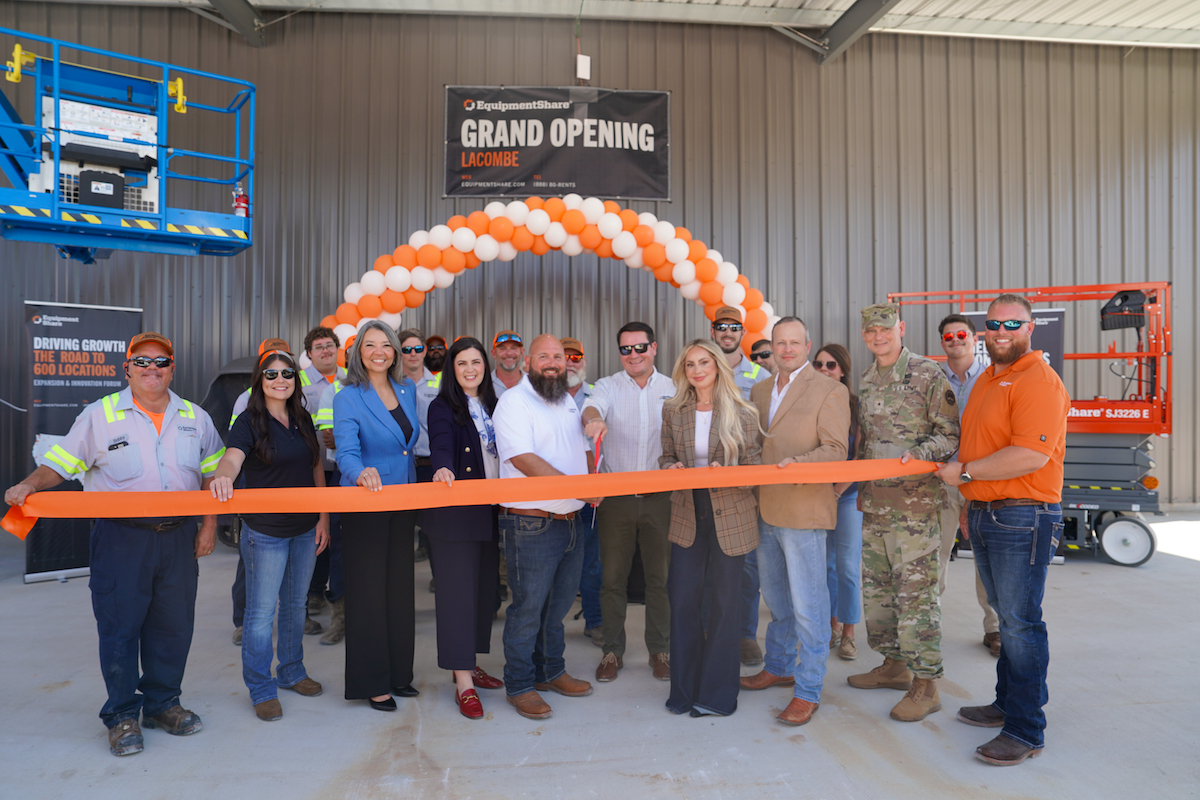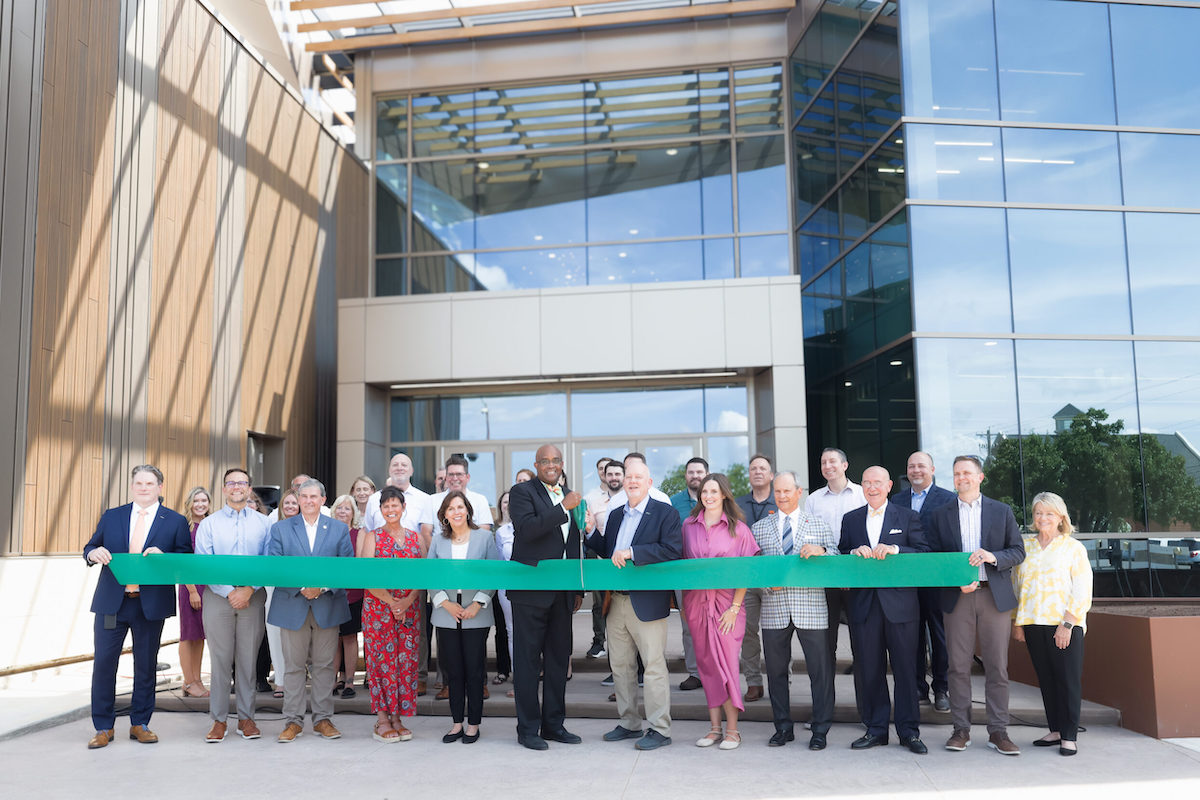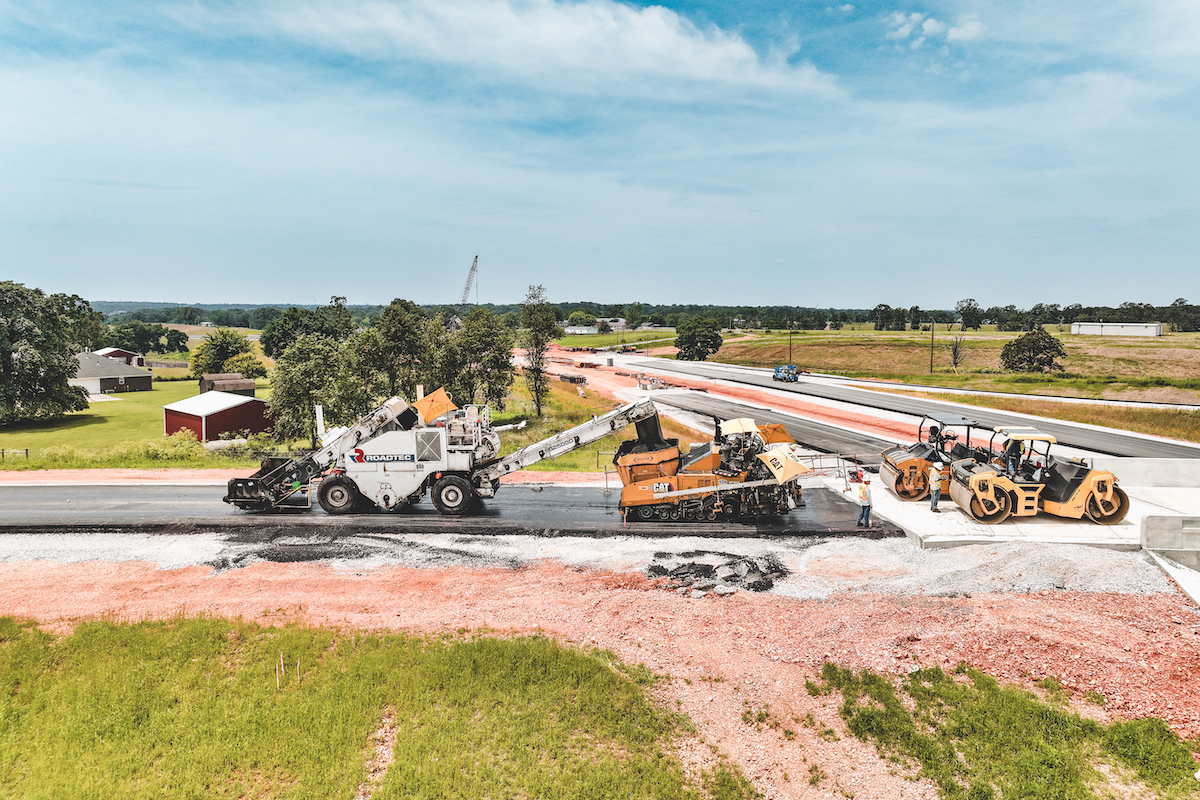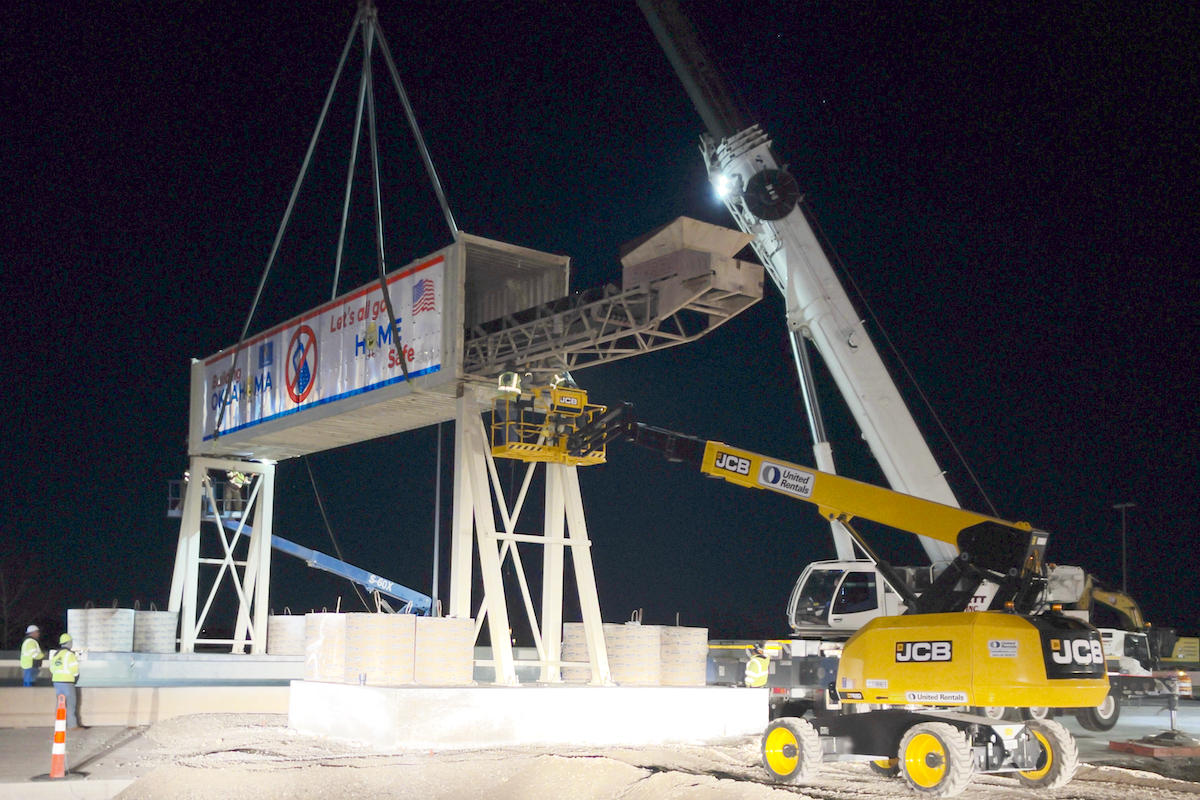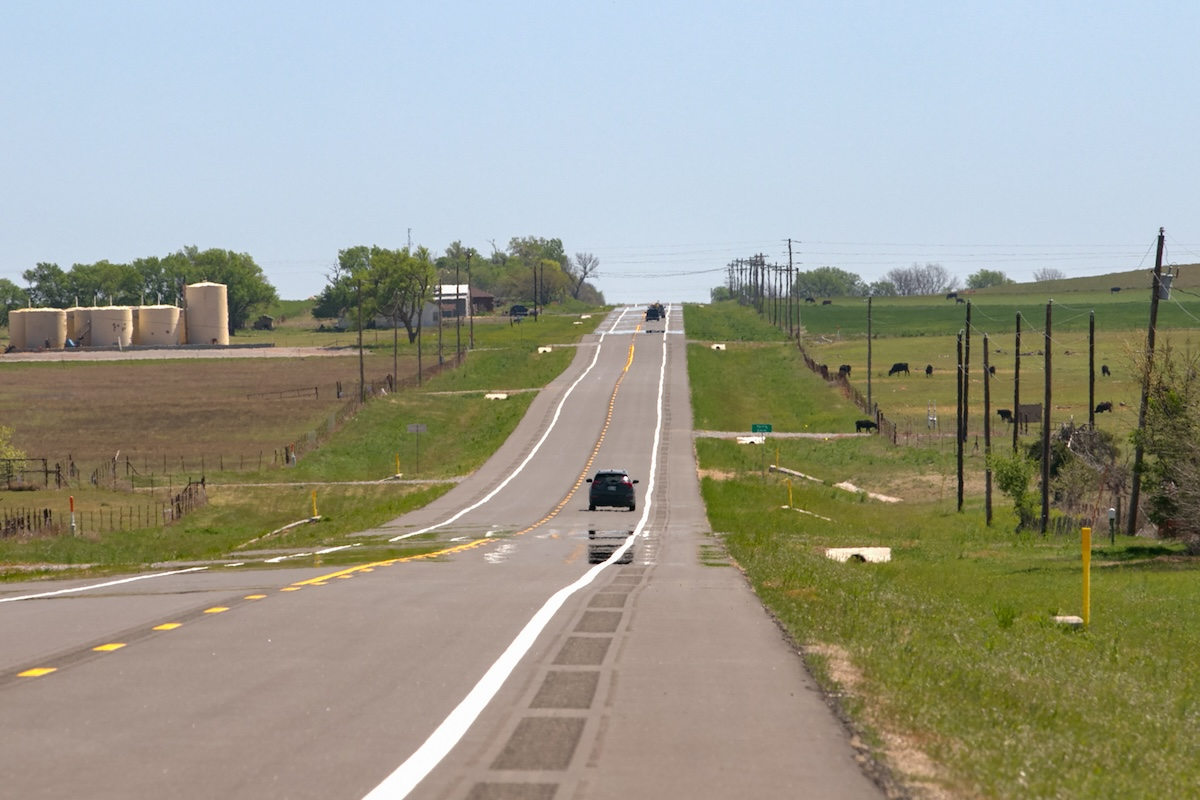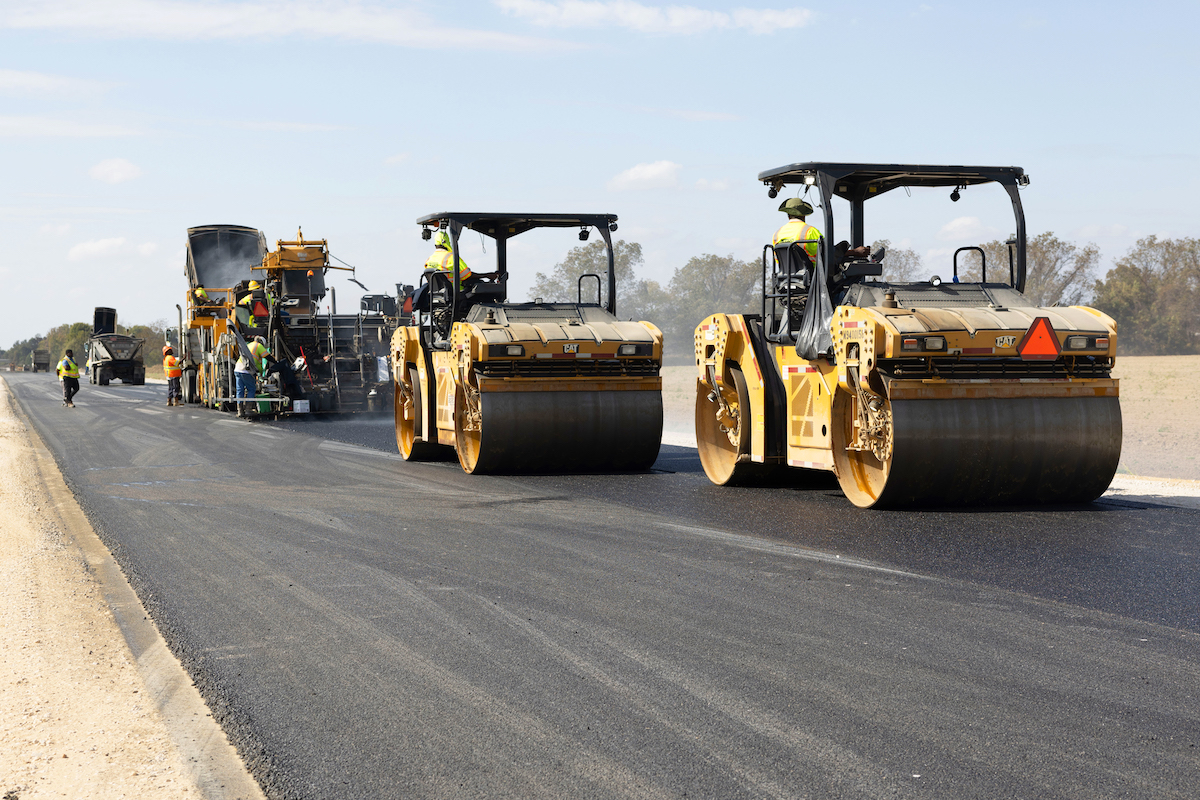At the future site of The Cove mixed-use development in Jersey City, New Jersey, “This is without question the most complicated remedial project that I’ve been involved with,” said Doug Neumann, Director of Environmental Services for Jersey City’s Dresdner Robin.
Eventually, the 18-acre site will become a life sciences and residential campus, but it started as vacant brownfields bisected by a tidal ditch that receives a combined sewer outfall.
The initial phase of environmental remediation work – a $10 million project covering 9 acres – started in July 2020 and concluded in March 2021. Dresdner Robin provided environmental, civil engineering, surveying, and planning services. Contractor ENTACT of Jersey City, New Jersey, excavated and removed 20,000 tons of contaminated soil and constructed engineering controls (i.e., a cap) over contaminants that will remain in place.
The remediation is part of a $3 billion development plan for The Cove, a joint venture between Argent Ventures of New York City and H&R REIT of Toronto. The first of two construction phases for the development is anticipated to break ground in 2022. Eventually, the previously polluted site will feature 1.4 million square feet of lab and tech office space, as well as 1.6 million square feet of new residential development.

| Your local Takeuchi Mfg Ltd dealer |
|---|
| Kirby-Smith Machinery |
Dresdner Robin has coordinated with Argent, the Jersey City Redevelopment Agency, and the Jersey City Municipal Utilities Authority for over a decade to work toward a comprehensive redevelopment plan that will mitigate combined sewer overflows, provide tidal flood resiliency for a large portion of downtown Jersey City, remediate contaminated soils and sediment, and build a two-acre public park and other infrastructure at the site.
“If you look at historic photos of the area, it was inundated by railroad tracks and all sorts of industry,” Neumann said.
That activity led to the current environmental issues.
“These sites haven’t had active operations for many years, but there were a lot of discharges from the various industrial operations, as well as extensive contamination associated with the historic fill,” Neumann explained. “To make it even more complicated, many of the discharges overlap, so you have different compounds which have their own standards commingled and overlapping with other types of compounds that have different standards and different investigation and remedial requirements.”
In addition, a shallow water table added more challenge in areas that required excavation.

| Your local Wirtgen America dealer |
|---|
| Kirby-Smith Machinery |
“There’s groundwater within a few feet below grade and some excavations extended up to 15 feet below grade,” Neumann said. “We used hydraulic sheeting and extensive dewatering to support sidewalls and to allow for removal of contaminated soil without it being completely saturated.”
Water from the excavations was then piped to a large, mobile, onsite groundwater treatment system.
“The treatment system handled thousands and thousands of gallons of water, 24 hours a day, to keep the excavation areas drier,” Neumann said. “After the system treated the water, it was discharged to nearby surface water, pursuant to permits and approvals.”
For example, in each excavated area, “There was extensive coordination with the lab and the contractor,” Neumann said. “We needed to collect samples to confirm that we successfully removed all the contaminated soil before the excavations could be backfilled. Given the round-the-clock dewatering, samples were delivered to the lab daily and analyses were expedited as much as possible.”
Throughout the site, “Space was always a challenge with the high volume of removal, excavation, stockpiling, loading, and sheeting activities,” Neumann said. “There were piles everywhere. The contractor did a great job of managing and segregating the various types of soil contaminant waste streams, which were disposed of at various offsite waste facilities.”

| Your local Wirtgen America dealer |
|---|
| Kirby-Smith Machinery |
With 25-ton hauling trucks removing the 20,000 tons of material, “Many, many, many trucks needed to get in and out of the site efficiently and smoothly every day,” Neumann said. “A lot of manifests and paperwork needed to be signed for every truckload going offsite, as well as for delivery of clean fill and stone.”
The clean material served as backfill in the excavations, as well as caps over contaminants that were allowed to remain in place, such as the polycyclic aromatic hydrocarbons (PAHs) and metals in the historic fill.
In February 2021, severe winter storms threw another twist into the project’s coordination.
“How do you lay down a 2-foot layer of clean fill when you’ve got 2 feet of snow that’s not melting?” Neumann said. “The contractor needed to remove it, then we had giant mountains of snow to deal with in addition to the piles of contaminated soil we were trying to ship offsite. It required a lot of coordination to overcome the logistical challenges.”
“Some of those are worse than the ones we just remediated,” Neumann said. Because of that, “We required the contractor in phase 1 to install a hydraulic barrier to prevent contamination in nearby sites from migrating onto the sites we just remediated.”

| Your local Leica Geosystems Inc dealer |
|---|
| Laser Specialist inc |
Dresdner Robin’s efforts also address the site’s flood hazard, resiliency, and infrastructure challenges – including measures to prevent a repeat of Hurricane Sandy’s tidal surge that came through the vicinity and mitigation for the site’s combined sewer outfall.
Currently, discharges from the outfall end up in the nearby marina basin and eventually the Hudson River. A new, subsurface holding tank on the western side of the site will temporarily store several million gallons of the combined sewer overflow during significant precipitation events.
“After a storm passes, that stored overflow will get pumped back to a municipal treatment facility,” said Chris Collins, P.E., Dresdner Robin’s Project Manager. “The storage tank will be the first of its kind in Jersey City and will provide significant water quality benefits to the surrounding waterways.”
In addition, plans call for restoring the Mill Creek tidal water body to a public park featuring a one-acre salt marsh.
“Once you have a strong base of plants and vegetation that’s native and well-rooted, it holds the soil in place and mitigates erosion,” Collins said. “It also slows down stormwater and reduces the energy impact of a tidal surge.”

| Your local Hitachi dealer |
|---|
| ASCO Equipment |
| CLM Equipment Co |
For added protection, “When the development moves forward, a major component will be raising the land 5 to 10 feet in low-lying areas to further reduce the impact of a future tidal surge,” Collins said.
The team hopes to start construction on some of these features by the middle of 2022.
Photos courtesy of Dresdner Robin

















